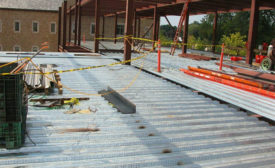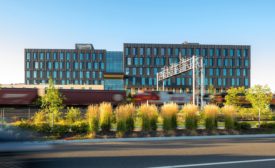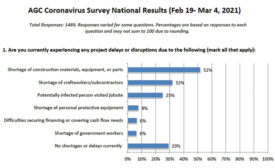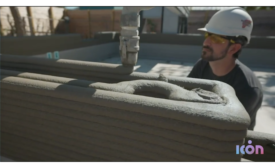Materials
Research
Researchers pave the way for future explorations that could speed up construction of steel frames
Read More
Construction Materials
ArcelorMittal Has World's First 'Green' Steel Voucher Program
Customers can certify their value chains' greenness by using certificates that affirm the European steelmaker's emissions reductions
Read More
Biden Administration
Biden Issues Directive Reworking Buy American Program
Plan includes new way to calculate U.S. content for construction materials
Read More
The latest news and information
#1 Source for Construction News, Data, Rankings, Analysis, and Commentary
JOIN ENR UNLIMITEDCopyright ©2025. All Rights Reserved BNP Media.
Design, CMS, Hosting & Web Development :: ePublishing














